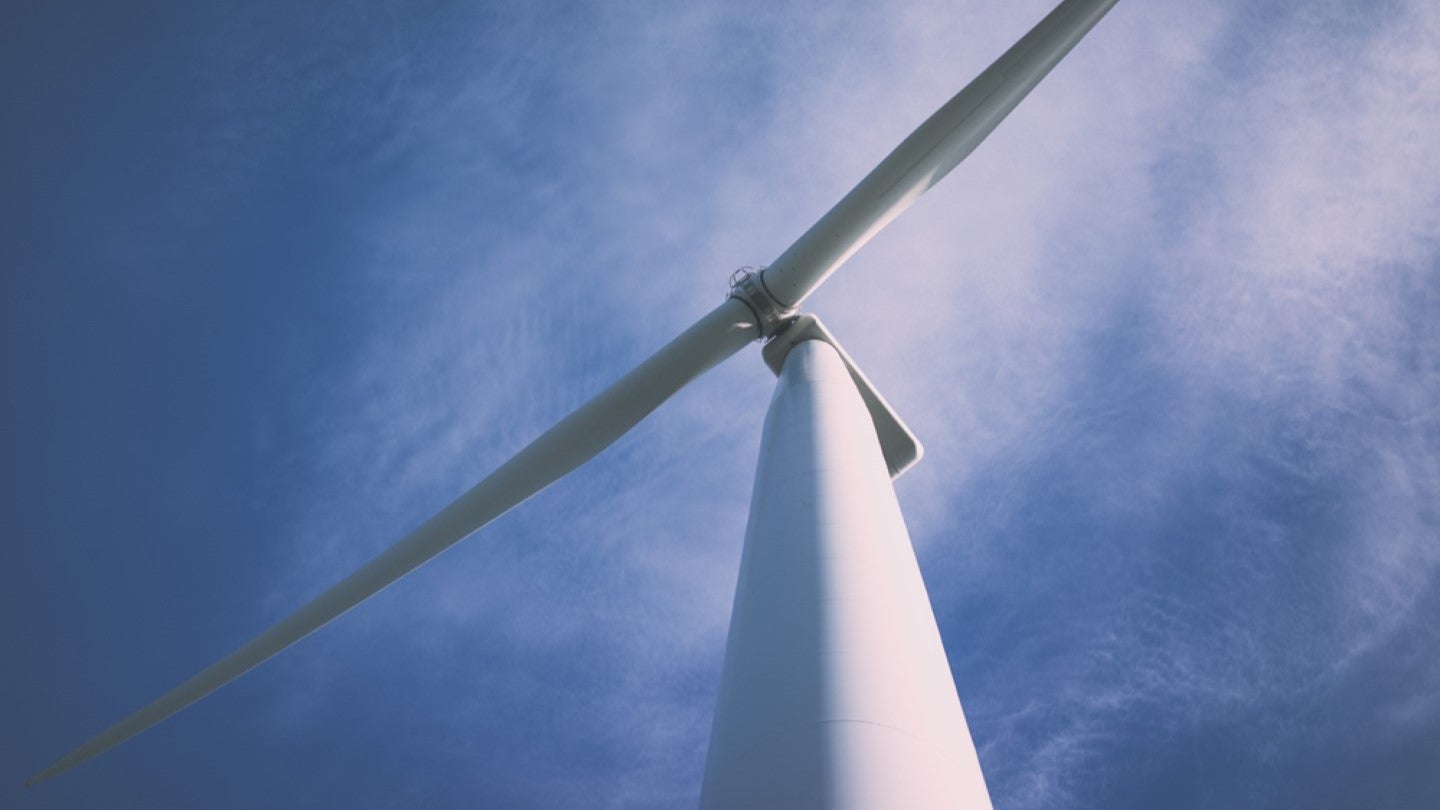
BlueFloat Energy and Renantis, the developers of the 1.3GW Odra Energia floating offshore wind project, have submitted an environmental impact assessment (EIA) report to the Government of Italy.
Submitted to the Ministry of the Environment and Energy Security and the Ministry of Culture, the EIA is a culmination of a year of research.
The project will enter public consultation shortly.
BlueFloat Energy and Renantis’ engagement with stakeholders through a voluntary environmental scoping process has led to project refinements.
These include increasing the project’s distance from the coast by 30% and the reduction of the number of turbines in the front rows, in response to the local community’s input and environmental considerations.
The project’s floating platforms offer a less invasive seabed footprint than fixed structures, adapting to varying site conditions.

US Tariffs are shifting - will you react or anticipate?
Don’t let policy changes catch you off guard. Stay proactive with real-time data and expert analysis.
By GlobalDataWith 90 floating wind turbines, the project will produce four terawatt-hours of clean energy per year, meeting the energy needs of one million Italian households and offsetting the emission of two million tonnes of carbon dioxide annually.
The development and construction will cost €4bn ($4.3bn).
The project will also positively impact local economies, creating 1,500 direct jobs during its manufacture, assembly and construction and 4,000 during peak periods of activity.
More than 150 permanent jobs will also be created over the wind farm’s estimated 30-year lifespan.
Renantis-BlueFloat Energy Partnership for Italy general manager Ksenia Balanda stated: “The months leading up to the finalisation of the Environmental Impact Assessment Study made it possible for us to optimise the project through the dedicated environmental and engineering campaigns that we conducted, both onshore and in the open sea.
“The result is a project that is technically feasible and optimal, while being environmentally sustainable and contributing to the local economy growth.
“To successfully achieve first production by the end of the decade, we will continue to refine the design, construction and operation plans for this wind farm, ensuring that we deliver the best project possible.”



